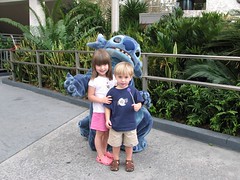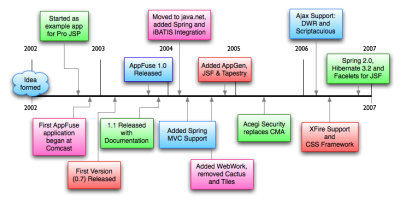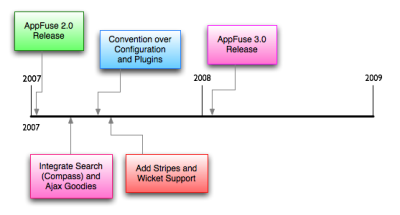Back in Denver
After living out of a suitcase for most of December, it was nice to arrive back in Denver last night. I left here on December 3rd to travel to Boise, Idaho to teach a Spring course. From there, I flew to Ft. Lauderdale, Florida to attend The Spring Experience. This was an excellent show, and I blogged most of the sessions I attended. To read about my AppFuse talk on Saturday night, see my Spring Live blog.
After TSE, I spent the next week with my family in Florida. We drove up to Disney World on the 2nd day of our vacation and had a blast. No one was there, so lines where short and the kids couldn't stop smiling.
While watching the kids' faces light up at Disney was cool, driving Julie's Mom's Cayenne Turbo S around all week was a highlight for me. It was definitely a gas-guzzler, but 520 horses is an awful lot of fun. It rained a lot the remainder of the week - almost 8 inches in 12 hours one day. Even when raining, the temperature still hovered around 80°F all week long. As crazy as it sounds, I'm actually happy to get back to the cool weather in Denver (high of 30°F today).
I'll be in the office all week, trying to tie up some loose ends before the end of the year. This weekend, it's back to vacation mode for another week. This time we'll be heading up to Steamboat for skiing, holiday cheer and (hopefully) lots of snow.







